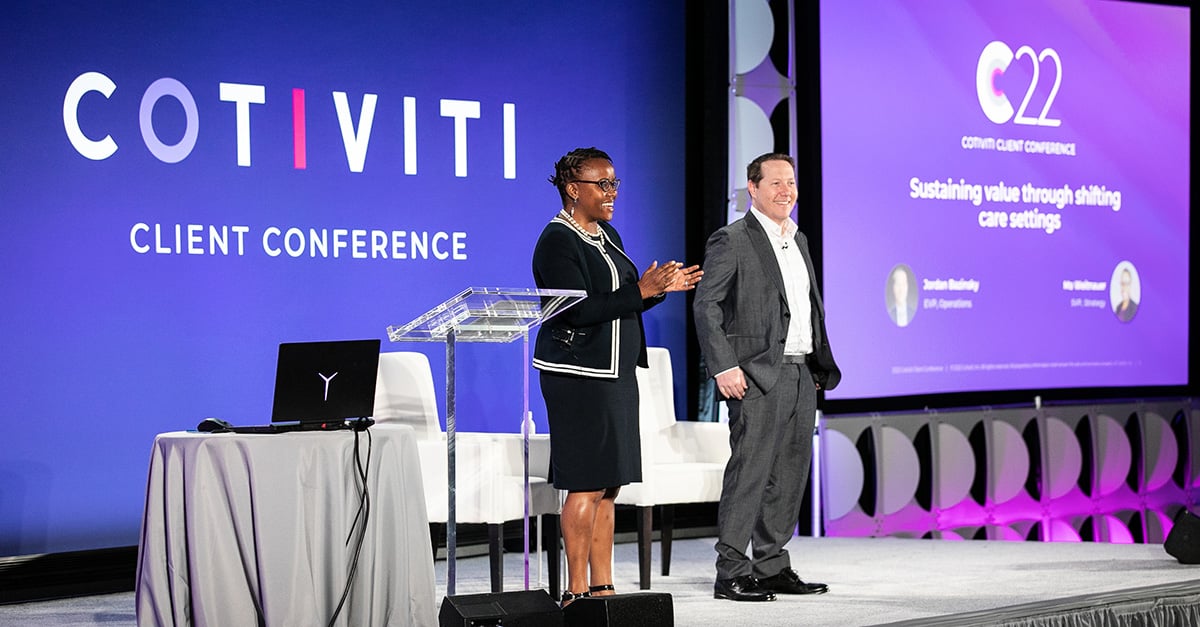Payment integrity is a complex and layered process that requires health plans to look across the silos of their own organization and often use multiple vendors to create an integrated program. To gain the best results and ultimately greater savings, organizations should start by aligning on present and future goals to solve payment errors faster without increasing provider abrasion.
Collaboration is the best practice to define what value payment integrity serves for your organization, validate internal data, and determine which areas vendors can support through prepay or postpay solutions. An engaged and coordinated team needs to be invested during the laborious process of creating payment integrity policies and concepts to take advantage of new developments in the market and consolidate data to improve triggers for edits, bypasses, or prior authorization.
Here are three keys to managing complex payment integrity programs.
Establish best practices and systems for working with multiple teams and vendors by:
- Understanding your systems to mitigate risks and ensure seamless integration of new technology. An organization that understands how to integrate vendor systems to enhance their existing tech infrastructure is better suited to face future challenges. Comprehensive knowledge of your technology and how it may be improved, left alone, or removed can avoid a complete overhaul and reduce training costs for new systems.
- Creating a repeatable process to evaluate and modernize data exchange with your vendors and take advantage of all available products and policies. Evaluating the mountains of member data is nearly impossible with non-automated systems and requires an abundance of labor. Modernizing data systems can reduce the amount of work for your payment integrity teams and smooth the flow of information. As a result, attention may be redirected to identifying which parts of the claim continuum require additional support.
- Choosing partners who understand the claim continuum, your operational rhythm, and interactions with claims, providers, and members throughout all departments. Establishing trust with vendors and communicating expectations and organizational goals can positively impact operational rhythm. To reduce claim evaluation time, systems must be managed cohesively between highly skilled teams. For best results, collaborate with experienced partners who are familiar with the ins and outs of healthcare payment integrity and have gained the trust of your organization.
Break down silos to ensure successful policy creation and adoption
Once the technical pieces are in place, a healthy program looks to coordinate best practices for policy selection and adoption. Even with the most experienced and well-credentialed content teams, silos exist within policy creation. Collaboration and breaking down internal silos to build content across the prepay and postpay spaces should be the goal of every payment integrity vendor.
When a concept won’t work in prepay, coordinated teams will share that information with their postpay partners so it can be acted upon. Such teamwork can help remove the common trepidations, as can a willingness to be creative. For example, for plans hesitant to move postpay concepts like DRG review into prepay, adding pause-and-review functionality to the concepts may help plans gradually work their way into automated editing.
There are difficult decisions to be made during policy review: Where should a concept live? How should it be deployed (e.g., automated, pause-and-review, chart review)? The best payment integrity vendors can provide the support and expertise needed to make the decision that fits best for each health plan.
Determine the correct sequencing of edits
One of the most important things we’ve learned is that to effectively implement a prepayment program, the sequencing of edits is a critical element of the program’s success, particularly given the complexity of many health plans’ payment integrity landscapes.
An example can be found within prepay coordination of benefits (COB) work. The business case for prospective COB is compelling, but plans must remember that while all COB concepts can be moved upstream, not all COB content can be moved prepayment. In Cotiviti’s experience, 25–35% of COB findings can be captured before a claim is paid, while a significant portion cannot. This is because a thorough COB analysis often requires the collection and analysis of information from employers or other external sources, which can’t always be obtained.
The path ahead for enterprise payment integrity success
Ultimately, great accuracy, higher savings, and lower provider abrasion are the hallmarks of a successful payment integrity program. Health plans can also improve communication by informing providers of policy changes, streamlining areas like one-touch medical record retrieval, and integrating both advanced data analytics and expert human reviews to support payment integrity rules.
To improve medical cost savings and lower provider abrasion through upfront, prospective review, early identification of risks and validation of internal data will reveal how a payment integrity vendor will interact with their established programs. The completeness of data and rapid application of changing rules will reduce potential abrasion if organizations and vendors are aligned on goals.
For a deeper dive, read our eBook, The payment integrity leader’s playbook for success in 2022 and beyond. You’ll learn how to develop a solid foundation for holistic payment success across your critical programs by:
- Following best practices when deploying a prepay claim editing solution
- Strategically using post-pay data mining for the most complex claims
- Designing a holistic COB process that considers the entire member experience
- Staying vigilant against the latest fraud, waste, and abuse schemes





